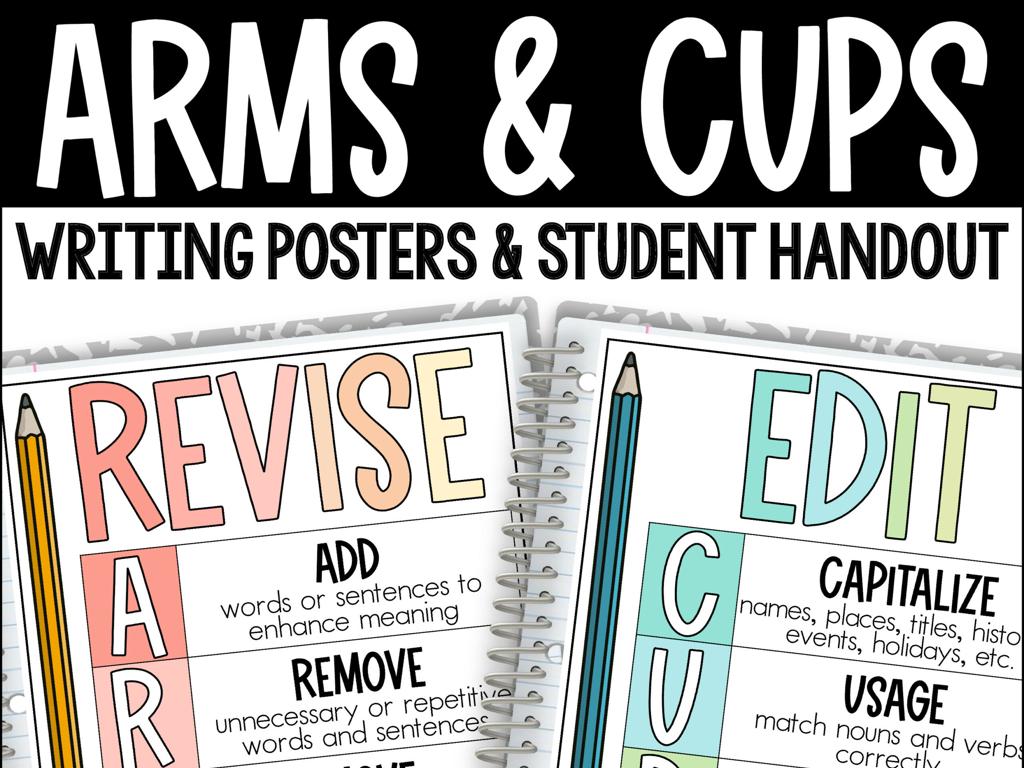Name The 50 States
Subject: Social studies
Grade: Fourth grade
Topic: States
Please LOG IN to download the presentation. Access is available to registered users only.
View More Content
Exploring the 50 States of America
– Welcome to Social Studies!
– Today’s focus: The 50 US states
– We’ll discover each state’s location and name
– Geography shapes our country
– Mountains, rivers, and plains influence state borders
– Why states matter
– States have their own government, symbols, and history
|
Begin the class with a warm welcome and an introduction to the day’s topic: the 50 states of the USA. Emphasize the importance of understanding the country’s geography and how it affects various aspects of life, including culture, climate, and governance. Explain that each state has unique features and significance, contributing to the nation’s diversity. Encourage students to think about their own state and what makes it special. This introduction sets the stage for a deeper dive into the geography of the United States and the characteristics that define each state.
What is a State?
– A state is a self-governed region
– It has its own government and laws
– Each state has a capital city
– The capital is where the government operates
– States vary in size and shape
– Like tiny Rhode Island or vast Alaska
– States have distinct boundaries
– Borders define the area of a state
|
This slide introduces the concept of a state to fourth-grade students. It’s important to explain that a state is not just a piece of land, but a region with its own government and laws. Each state has a capital where the state’s leaders work and make decisions. Emphasize that states can be very different from each other; some are small, and some are large. Show them a map to illustrate the variety in size and shape. Explain that boundaries are important because they show where one state ends and another begins. This foundational knowledge sets the stage for learning the names and capitals of the 50 states.
Exploring U.S. Regions
– U.S. divided into five regions
– Northeast, Southeast, Midwest
– Known for history and industry
– Southwest and the West
– Home to deserts and the Grand Canyon
– Each region’s unique identity
– Famous for diverse landscapes and climates
|
This slide introduces the concept of the United States being divided into five distinct regions, each with its own geographical features, cultural heritage, and economic activities. The Northeast is often recognized for its historical significance and industrial past. The Southeast includes a variety of landscapes, from coastal areas to mountains. The Midwest is known as the nation’s ‘breadbasket’ due to its extensive agriculture. The Southwest is characterized by its arid climate and unique desert landscapes, including the Grand Canyon. Lastly, the West is celebrated for its vast and varied topography, from the Pacific coastline to the Rocky Mountains. Encourage students to think about what makes each region special and to learn more about the states that fall within these regions.
Exploring the Northeast Region
– Introduction to the Northeast
– Name states from the Northeast
– Can you think of any Northeastern states?
– Examples: NY, MA, PA
– New York, Massachusetts, Pennsylvania
– Discuss state characteristics
– What makes these states unique?
|
This slide is the beginning of a series on learning all 50 states, starting with the Northeast region of the United States. Encourage the students to actively participate by asking if they can name any states from the Northeast. Provide examples like New York, Massachusetts, and Pennsylvania to help guide them. Discuss some characteristics of these states, such as historical landmarks, geography, and climate. This will not only help them remember the states but also understand the diversity within a region. For the activity, consider having students work in groups to list more states in the Northeast and find interesting facts about each one to share with the class.
Exploring the Southeast States
– Identify states in the Southeast
– Name a state from the Southeast
Who knows a state located in the Southeast?
– Examples: FL, GA, NC
Florida’s sunny beaches, Georgia’s peaches, North Carolina’s mountains
– Discuss characteristics of the region
What makes the Southeast unique? Climate, culture, landmarks?
|
This slide is part of the ‘Learning the 50 States’ series, focusing on the Southeast region of the United States. Encourage students to actively participate by naming states they know in the Southeast. Use examples like Florida, Georgia, and North Carolina to help them get started. Discuss the diverse characteristics that make the Southeast region special, such as its warm climate, rich culture, and famous landmarks. This will not only help them remember the states but also associate them with their unique qualities. Prepare to have a map or visuals ready to show the location of these states to enhance spatial understanding.
Exploring the Midwest States
– Introduction to the Midwest
– Can you name a Midwest state?
– Think of states between the East and West
– Examples: IL, OH, MI
– Illinois (IL), Ohio (OH), Michigan (MI)
– Geography and characteristics
– Known for agriculture, industry, and the Great Lakes
|
This slide is part of the ‘Learning the 50 States’ series, focusing on the Midwest region. Begin by introducing the Midwest as a key geographical area of the United States, often recognized for its role in agriculture and industry. Engage the class by asking if anyone can name a state from the Midwest to encourage participation. Provide examples such as Illinois, Ohio, and Michigan to help guide their responses. Discuss the unique geographical and cultural characteristics of the Midwest, including the presence of the Great Lakes and the region’s historical significance. Encourage students to think about what makes the Midwest distinct from other regions they have learned about.
Exploring the Southwest States
– Discover the Southwest region
– Can you name a Southwest state?
– Examples: Texas, Arizona, New Mexico
– These states are known for deserts, warm climates, and rich histories.
– Why is this region unique?
– Think about the Grand Canyon in Arizona or the Alamo in Texas.
|
This slide is part of a series on learning all 50 states, focusing on the Southwest region. Begin by asking students if they can name any states from the Southwest to engage them. Provide examples like Texas, Arizona, and New Mexico to help guide their thoughts. Discuss the unique geographical features and historical landmarks of the region, such as the Grand Canyon and the Alamo, to make the learning experience more tangible. Encourage students to share any experiences or facts they know about these states. For homework, they could research one of the Southwest states and bring an interesting fact to share in the next class.
Learning the 50 States – The West Region
– Discover the West region
– Name a state from the West
– Examples: CA, WA, OR
– States like California, Washington, and Oregon
– Geography and features
– Discuss landscapes like mountains and coastlines
|
This slide introduces students to the Western region of the United States, which includes states like California, Washington, and Oregon. Encourage the students to think of any state they know from the West and share it with the class. Use the examples provided to help them get started. Discuss the diverse geography of the West, including its mountains, forests, and coastlines. This will help students associate the states with their physical features and remember them better. For the class activity, consider having students draw a map and label the Western states or create a collage of images representing the West.
Fun Facts About U.S. States
– Each state has a unique flag
– States boast diverse landscapes
– Examples: Arizona’s deserts, Colorado’s mountains
– Rich history & famous landmarks
– Learn about the Liberty Bell in Pennsylvania
– State symbols like birds & flowers
– California’s poppy, Texas’s mockingbird
|
This slide aims to spark interest in the diversity and uniqueness of the 50 states. Emphasize that each state in the U.S. has symbols that represent its cultural heritage and natural beauty, such as a flag, bird, and flower. Highlight the variety of landscapes found across the country, from the deserts of Arizona to the mountains of Colorado. Discuss how each state has its own rich history with landmarks like the Liberty Bell in Pennsylvania. Encourage students to research and share additional fun facts about different states’ symbols, geography, and historical sites. This activity can lead to a deeper appreciation for the country’s variety and complexity.
Class Activity: State Matching Game
– Play a matching game to learn states
– Match state names to map locations
– Pair up and work as a team
– Have fun while learning geography
|
This interactive class activity is designed to help students learn the 50 states through a fun matching game. Provide students with a blank map of the United States and a list of state names. Students will work in pairs to place the correct state name in its geographical location on the map. This exercise encourages teamwork, reinforces geographic knowledge, and provides a hands-on approach to learning. As a teacher, walk around the classroom to assist pairs that might need help and to ensure everyone is engaged. Possible variations of the activity could include timed challenges, rewards for correct matches, or having students also match capitals to their states. The goal is to make learning the states enjoyable and memorable.






